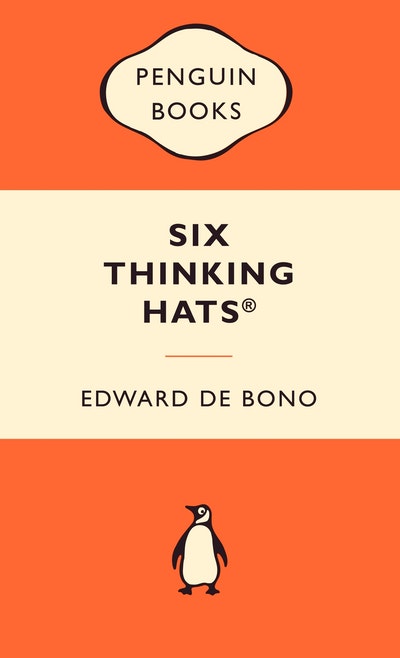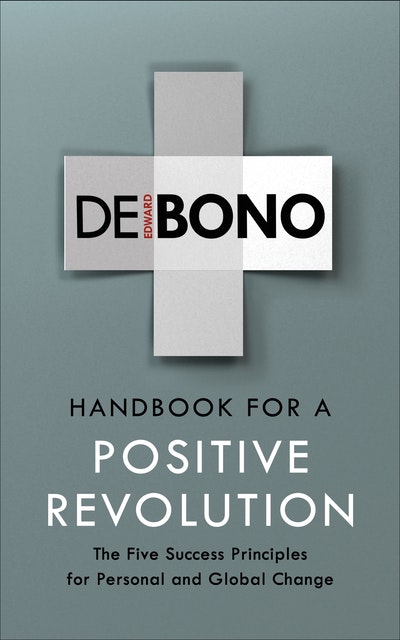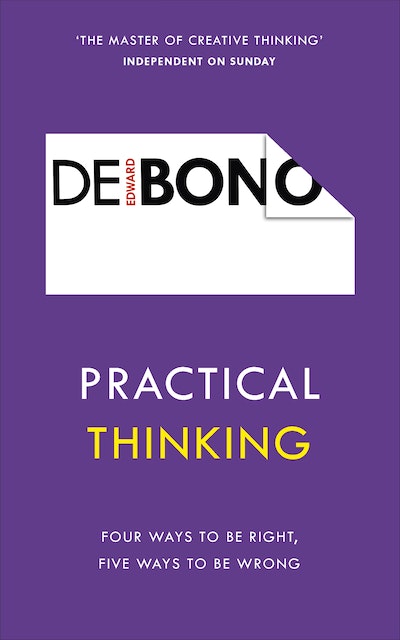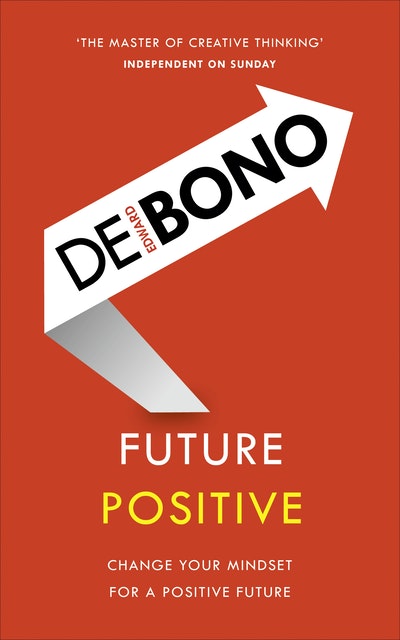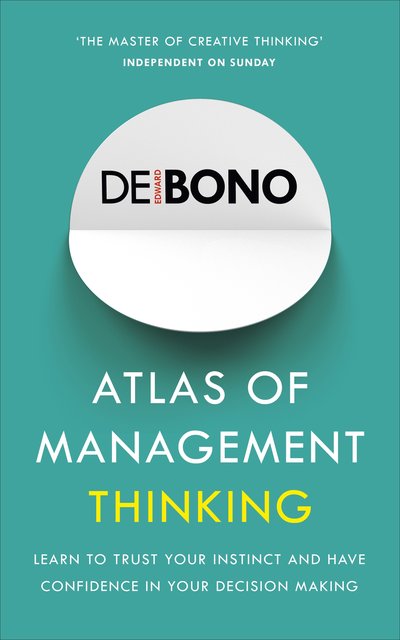- Published: 22 January 2019
- ISBN: 9781785041891
- Imprint: Vermilion
- Format: Trade Paperback
- Pages: 288
- RRP: $29.99
Conflicts
A Better Way to Resolve Them
- Published: 22 January 2019
- ISBN: 9781785041891
- Imprint: Vermilion
- Format: Trade Paperback
- Pages: 288
- RRP: $29.99
The huge number of readers who are devoted to the work of the late Henning Mankell will find in this, his last novel, all the characteristics they value: the observant descriptions of the minutiae of daily life, the gentle melancholy, the careful analysis of relationships (especially between fathers and daughters) and, above all, the inevitability of loneliness and loss
Literary Review
The novel's atmosphere is bleak and elegiac, suggesting that Mankell wrote it with his own impending death in mind
Joan Smith, Sunday Times
This profoundly gloomy yet ultimately hopeful novel - the last from the late grand master of Scandinavian noir - revolves around discovering who could have been responsible for this senseless crime
John Williams, Mail on Sunday
This final novel from Mankell (the Kurt Wallander series), posthumously published in a stunning English translation, questions what happens to a person who has lost everything-and who considers himself too old to rebuild... It's a skillfully told, exquisitely structured story filled with sharp insights into human nature and unflinching examinations of the complex relationships to which people bind themselves in order to feel a little bit less alone.
Publishers Weekly
A bracing look at a twilight year in the life of an old man who, when confronted daily by perfectly good reasons for giving up altogether, doesn't so much rise above as plow stoically through them.
Kirkus Reviews
It is very moving and rather beautiful
Sunday Express
After the Fire is full of regret, loneliness and the melancholy of growing old, but there is also hope and love.
The Times
This strange, beguiling book...gives closure to a substantial career without becoming maudlin or overly bleak. The waters around Welin's island may freeze in the winter, but there is human warmth to be found in these pages, along with glimmers of hope and consolation... The bell may have tolled for one of Scandinavia's finest writers, but his connection to those left behind is unbroken.
Ian Rankin, Guardian
This posthumous translation by Marlaine Delargy, captivating in its delicately wry tone, echoes the seemingly flat reportage of Mankell's prose: it somehow grabs you and won't let you go. Mankell's last novel is an elegiac meditation on old age and impending death. The extraordinary gift of Mankell's bleak narrative is to make the last months of the life of his depressed and, frankly, unsympathetic and solitary anti-hero, both comforting and even inspiring. It is Mankell's own candle in the lightless void
Marina Vaizey, Arts Desk
Lovely. Elegiac and steeped in the emptiness of the Swedish landscape
Claire Allfree, Metro
A powerful reminder that [Mankell] was also a literary writer of considerable accomplishment... After the Fire is a life-enhancing novel... a suitable final curtain for a much-missed modern novelist
Barry Forshaw
Elegiac and melancholic.
Bethanne Patrick, Washington Post




